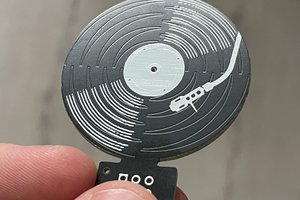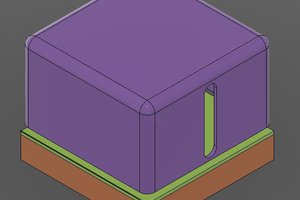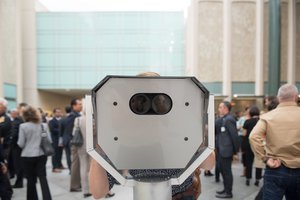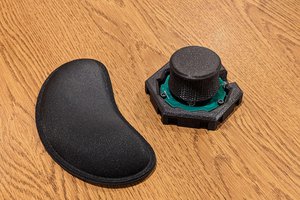Been keeping track of this project on Github, but going to give it a go here.
So far progress is swift, the basic hardware has been selected and playback is working well. A workable hook design is in place and I'm hoping to spend some time on the management UI next.
 jason.gullickson
jason.gullickson



 Applied Procrastination
Applied Procrastination


 colton.baldridge
colton.baldridge
If you want to get away from a physical switch, consider a magnet switch. They are encased pretty well and make for harsh environments. You'd have to add a magnet to the handset of course, but... magnets!